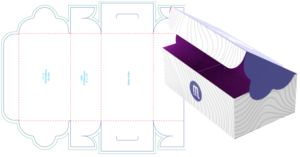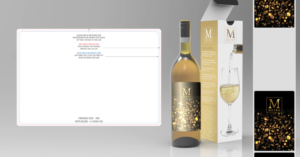
5 X 3 X 1.75 FOLD UP BOX LAYOUT INSTRUCTIONS
Setting Up Your 5 x 3 x 1.75 Fold Up Box Layout Category: Custom Printed Fold Up Boxes In this video tutorial
In the realm of print design, creating an impeccable box template is an art that requires precision, attention to detail, and a profound understanding of spatial relationships. Whether you’re crafting packaging for a product or preparing gift boxes, a well-structured box template ensures that your design translates seamlessly from the digital realm to the physical world. This article dives deep into the nuances of box template layout for print, equipping you with the knowledge to produce outstanding results.
Before you begin, it’s vital to familiarize yourself with the various components that constitute a package template. A typical box template consists of several parts:
Effective package template design requires software that can handle precise measurements and vector graphics. Adobe Illustrator and other vector-based software are popular choices due to their accuracy and flexibility in handling geometric shapes.
Begin by determining the dimensions of your box. Consider the product’s size and shape, as well as any additional space needed for packaging materials. Remember to account for the thickness of the material the box will be made from.
Before sending your design for mass production, create a few test prints and assemble prototypes. This step helps you identify any errors in the layout and make necessary adjustments.
When exporting the final design, save it in a format that preserves vectors, such as PDF. Make sure to include bleed and trim marks, and confirm with your print service provider about their preferred file specifications.

Setting Up Your 5 x 3 x 1.75 Fold Up Box Layout Category: Custom Printed Fold Up Boxes In this video tutorial

Tutorial: How to Layout Your Custom Wine Packaging & Labels Although the video below was used as a helpful tutorial on how

Setting Up Your 4 x 6 Roll Label Layout Category: Custom Printed Wine Labels In this video tutorial we will guide you